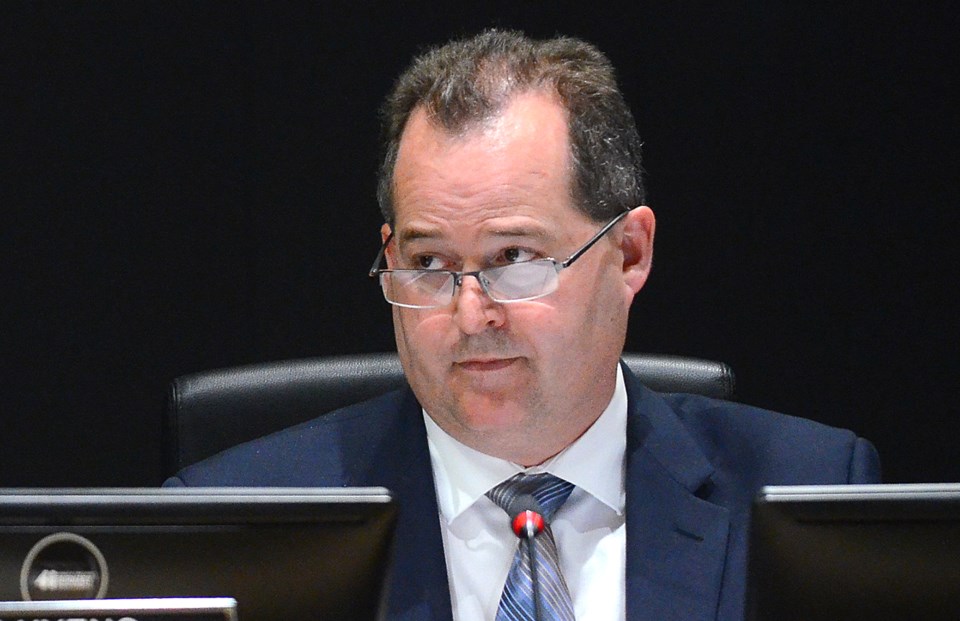Nearly half the money the Burnaby school district spent on salaries last year went to people making more than $75,000, according to the 2016/17 statement of financial information (SOFI) recently posted on the district’s website.
Every year, B.C. school districts are required to make public the salaries of all employees who earn more than $75,000.
It’s a requirement designed to ensure transparency and accountability, according to Burnaby secretary-treasurer Russell Horswill.
But he said he can’t remember the $75,000 threshold set for the SOFI ever changing since he first joined the public education sector in 1987.
“At one point in time it tended to catch high public sector earning salaries,” he told the NOW. “Because it hasn’t changed, now we have a lot of individuals, mostly teachers, on top of executives, that have made it over the $75,000 amount, so just a whole lot more people get listed on the document.”
In 2016/17, 48 per cent of the money the district spent on salaries went to employees who made more than $75,000.
That was actually down from the year before when 49 per cent of the district’s salary costs went to people who made it over that threshold, but it was up dramatically from the 2014/15 school year when only 35 per cent of salary spending went to employees making more than $75,000.
The 14 per cent jump between those two years was mostly due to teachers breaking the threshold, according to Horswill, because of salary increases negotiated into the teachers’ collective agreement in 2014 and because of teachers moving up the salary grid over time.
The average teacher salary cost in Burnaby last year was actually above the threshold, at $75,243.
School District No. 87 (Stikine) had the highest average teacher salary cost in the province at $87,022, while School District No. 74 (Gold Trail) had the lowest at $70,426.
Districts are paid a salary differential by the provincial government if their teacher salary costs are higher than the district paying the lowest costs.
Top paid execs:
$242,415.77: Gina Niccoli-Moen, superintendent ($12,682.15 expenses)
$166,437.41: Russ Sales, director of facilities ($5,653.71 expenses)
$163,623.11: Heather Hart, assistant superintendent ($1,863.48 expenses)
$159,579.78: Wanda Mitchell, assistant superintendent ($1,407.25 expenses)
$159,034.35: Roberto Bombelli, assistant superintendent ($1,485.43 expenses)
Top paid school principals:
$129,532.00: David Rawnsley, Burnaby North Secondary ($0 expenses) and Gordon Li, B.C. School for the Deaf ($1,500 expenses).
$129,224.80: Lee Anne Kristmanson, Burnaby Mountain Secondary ($553.13 expenses)
$128,988.02: Victoria Lee, Burnaby South Secondary ($0 expenses)
$126,888.88: Paul Fester, Moscrop Secondary ($746.15 expenses)
$126,511.76: Andy Chin, Cariboo Hill Secondary ($605.58 expenses)
Top paid teachers:
$118,218.60: Carla Brancati, Lyndhurst Elementary ($127.35 expenses)
$114, 732.48: Sadie Digeso, Burnaby Central Secondary ($0 expenses)
$111,054.55: David Gaudet, Cariboo Hill Secondary ($0 expenses)
$107,229.60: Anne Deitch, Burnaby Mountain Secondary ($107.44 expenses)
$106,848.86: Donald McNamee, Maples Secondary Program ($681.47 expenses)



